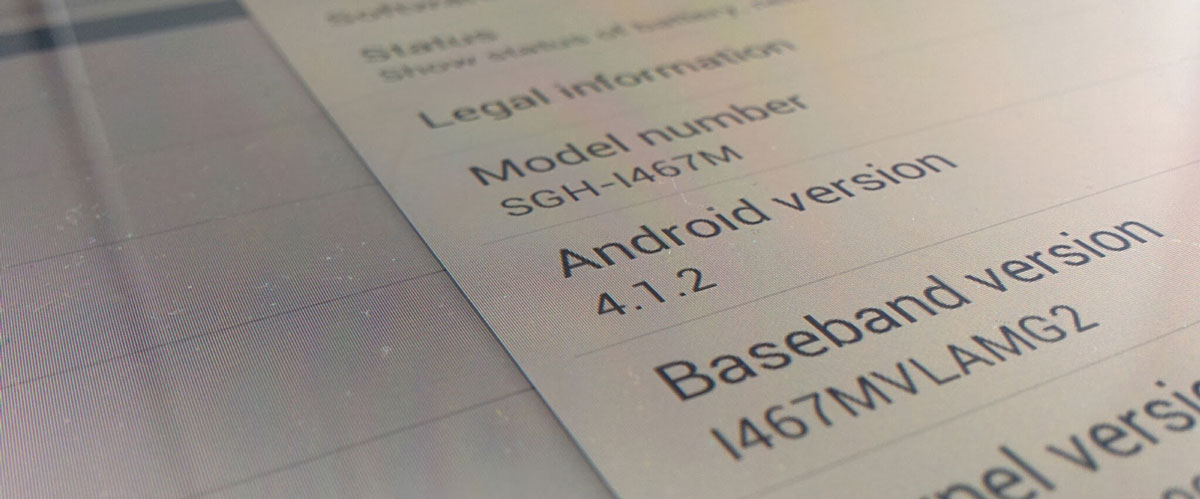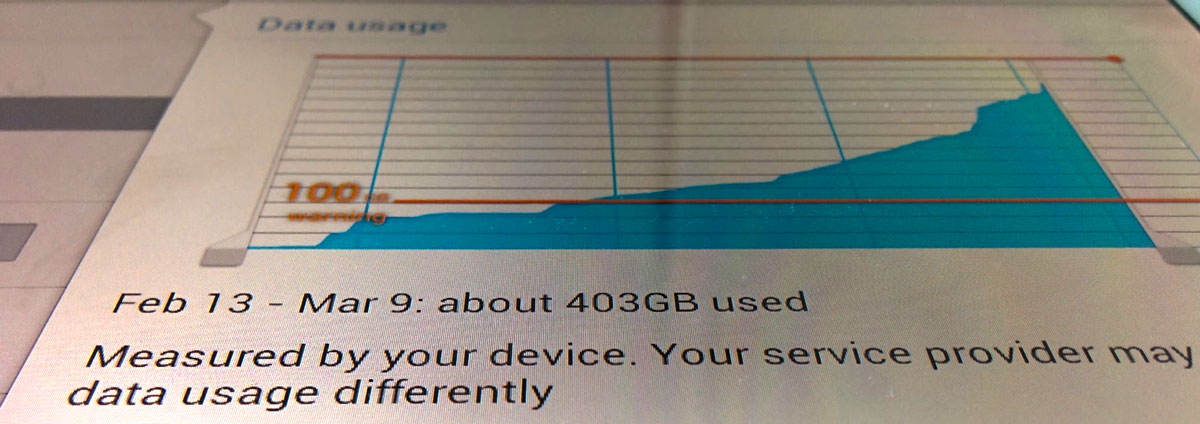Samsung Galaxy Note 8.0 and Rogers LTE Roundup
I had recently been given a Samsung Galaxy Note 8.0 to play with from Rogers. As part of their Social Insiders team I am able to test their devices and network in exchange for feedback and social awareness. This is the first of hopefully many articles to come of this arrangement as I am enjoying the variety of devices and the interaction among the team.
What's on the docket?
This article is intended to pick through the Samsung Galaxy Note 8.0 as well as summarize my first experience with an LTE network. I'll do my best to be unbiased while offering alternatives and solutions to problems along the way. Let's go!
Samsung Galaxy Note 8.0

I will spare you the technical specs of this device, and gloss over most of the technical review. This device is not new, in fact, it has been available in one form or another since April 2013. The device is not a high-end device either. The best way to summarize the Note 8.0 is to say it is a scaled-up version of the Note II released seven months prior, which is essentially a scaled-up version of the LTE Galaxy SIII available in some markets. From a technical and feature perspective, the devices are very similar with all three boasting 2GB of RAM, nearly identical processors, and with the adjustment for the new aspect ratio of the Note 8.0, identical screen resolutions.
The screen
These similarities, though, begin to present problems as you start to play with the 8-inch screen. The most striking issue at first glance is the screen resolution. With a pixel density of only 189 pixels per inch, it approaches the visual clarity of a device released back in 2008, that is to say, it only has 24 more pixels per inch when compared to the iPhone 3G's screen. The screen's pixel density is, however, on-par with the iPad mini, the tablet Samsung is competing directly against.

The next thing that stands out is the warm feeling of the glass screen when you touch it. Wait, glass isn't warm to touch, so that means the screen is plastic. Yup, the plastic screen attracts dirt, scratches, and fingerprints like no tomorrow, so owners of the tablet are encouraged to go easy on the screen while using the included S-pen. The touchscreen is very sensitive while using the S-pen, it even detects the pen when it hovers a few millimetres above the screen, but the story changes when you touch it with your fingers. An issue that can only be solved with a software update causes the screen to not register finger-touch events leading to copious amounts of frustration while typing which brings me to my next point.
Note N5100, I mean N5110, I mean N5120, I mean SGH-I467M software
There are so many variants of this device. Some have LTE, some only have 3G capabilities. Some are only available in North America, some are available worldwide. It turns out the version that Rogers sells is the SGH-i467M meaning the only other market this device is available in is the USA with AT&T. Most other models can make phone calls whereas the SGH-i467M can only send SMS. I am not sure why this feature was omitted.

So we have a tablet customized for our market's frequencies and users, great! Except that because of the device fragmentation, the software will never get updated past Jellybean 4.1.2. The other versions of the tablet have been updated to 4.2.2 and some have been slated to get the 4.4 KitKat update. Although the SGH-i467M is rootable, there are no developers supporting the device with custom ROMs. The only luck users have for an update is to flash this ROM. This will update the device to 4.2.2 which fixes the frustrating screen issues, but you will no longer be able to root the device using the exploit found in 4.1.2.
The price
While I did not pay for the device in my possession, Rogers charges $499.99 on a month-to-month contract with no option for multiple year device subsidy contract. When we compare this with the iPad Mini for $50 less, the Note 8.0 becomes a hard sell. Even though I love the openness of Android, the Note 8.0, specifically the SGH-i467M lacks the openness of more popular devices like the Galaxy S4 and even the Note III. I would much rather prefer a polished, glass-screened, premium-feeling device while saving myself $50. Some, if not all models of the iPad Mini support more frequency bands, so the device works on the new entrants such as WIND Mobile and Mobilicity while also being more flexible when travelling to other countries.
LTE + the Rogers network in general
I had been a Rogers customer up until two years ago. The device I had at the time only had 3G capabilities, but it didn't matter since my plan was capped at 500MB of data. I had never exceeded it, but some months I came dangerously close. This was on a 3G connection with real-use speeds never going over 100KB/s. Rogers now offers plans with the same 500MB cap, but with a network capable of delivering real-usage speeds of 2,500KB/s. The issue here is that a user can blow through their entire monthly data allowance in three minutes and twenty seconds. On top of that, overages are $15 per GB, so it is mandatory that users remain extremely cautious while using the LTE network.
Rogers uses Band IV for their LTE network, so it is faced with similar frequency-based problems that the new entrants such as WIND Mobile and Mobilicity are faced with. The LTE doesn't do a great job penetrating dense materials such as metal and concrete, but since Rogers has towers magnitudes greater in numbers compared to the new guys, the problems are less evident. Less evident, but they still exist. If I placed the Note 8.0 face horizontally on a flat surface, the data connection would be completely lost, whereas if held vertically in the same spot, I would get 20Mb/s, bizarre.
Wrapping up
In the end, having access to an 8-inch tablet and a fast LTE connection have been beneficial. The device, after installing the Google Now Launcher has become more usable, though still suffers the bloated notification shade present in TouchWiz. The LTE connection has allowed me to offload some heavy work and leisure-related upstream activities thanks to the outstanding upstream speeds of the LTE connection. However, on a normal customer monthly plan, I would find the device and network much less useful since I would have to be counting megabytes by the second, careful not to go over the monthly allotment of data.
From a consumer's perspective, I would much rather spend $500 on an iPad Mini and a few months of unlimited mobile internet from the folks over at WIND Mobile. The iPad Mini just feels much more premium and doesn't suffer from an unresponsive touchscreen. The iPad Mini will also have a longer lifetime as Apple will (and already has) released additional software updates for the device. I usually lean towards Android devices when it comes to the mobile market, but this time Apple has won the battle.
I will leave you on a positive note, however. The Rogers LTE network is extremely fast and reliable when you have a strong signal.
